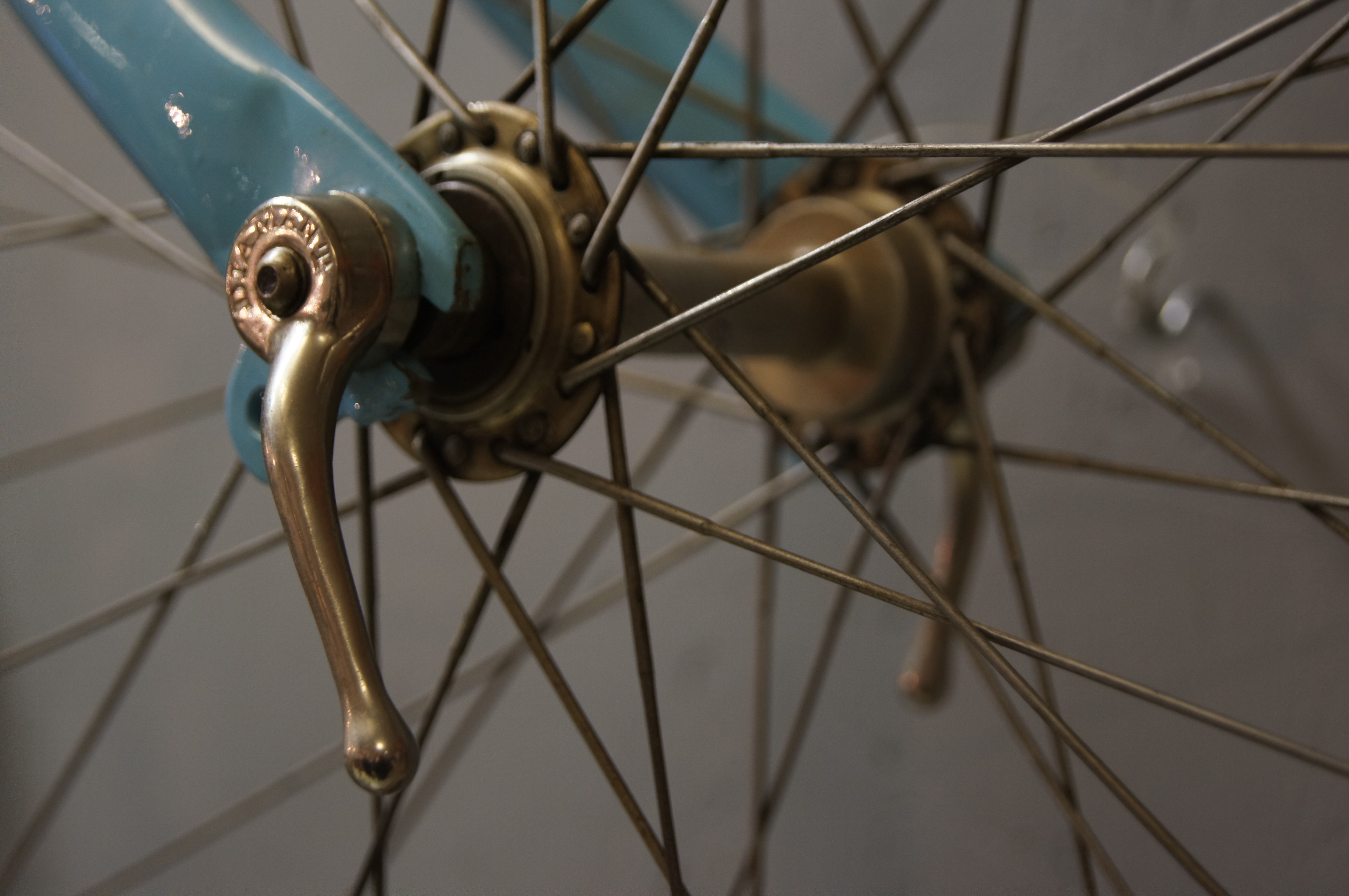When Bicycle Quarterly did an article on Tullio Campagnolo, you knew it wasn’t going to be another fluff piece re-hashing the same old stories and myths. We did some real research, and we were surprised by what we uncovered.
Cyclists who know their history have heard how in 1927, Campagnolo raced in the Gran Premio della Vittoria, got stuck in the snow when he could not open the wingnuts on his rear wheel, and lost the race. He then invented the quick release, which became the foundation of the company that bears his name.
That is the legend, but what is the real story of Campagnolo? Working with well-known cycling historian David Herlihy and other experts, we’ve pieced together the history of Campagnolo. Based on research in European archives, patent searches and contemporary accounts, the conclusions were published in a 19-page article in the Summer 2014 Bicycle Quarterly. The true story is different from the myth, but it’s no less fascinating
Campagnolo was less of an inventor of ground-breaking innovations, and more of a visionary who foresaw trends and even shaped them. He adopted other manufacturer’s promising, but overlooked, ideas. He showed great ingenuity in improving those ideas to give racers exactly what they wanted.
Back to the quick release: It appears that Campagnolo did not invent it at all. The story of the race in the snow is a myth. There was a snowy Coppa della Vittoria, but in a different year (1925), and Campagnolo isn’t mentioned in the race reports as a favorite in any of the Coppas della Vittoria of the 1920s.
The original patent for the quick release, said to date from 1930, does not exist. Later patents by Campagnolo are written very narrowly for improvements or special features of the quick release, indicating that he could not patent the cam-actuated quick release itself.




